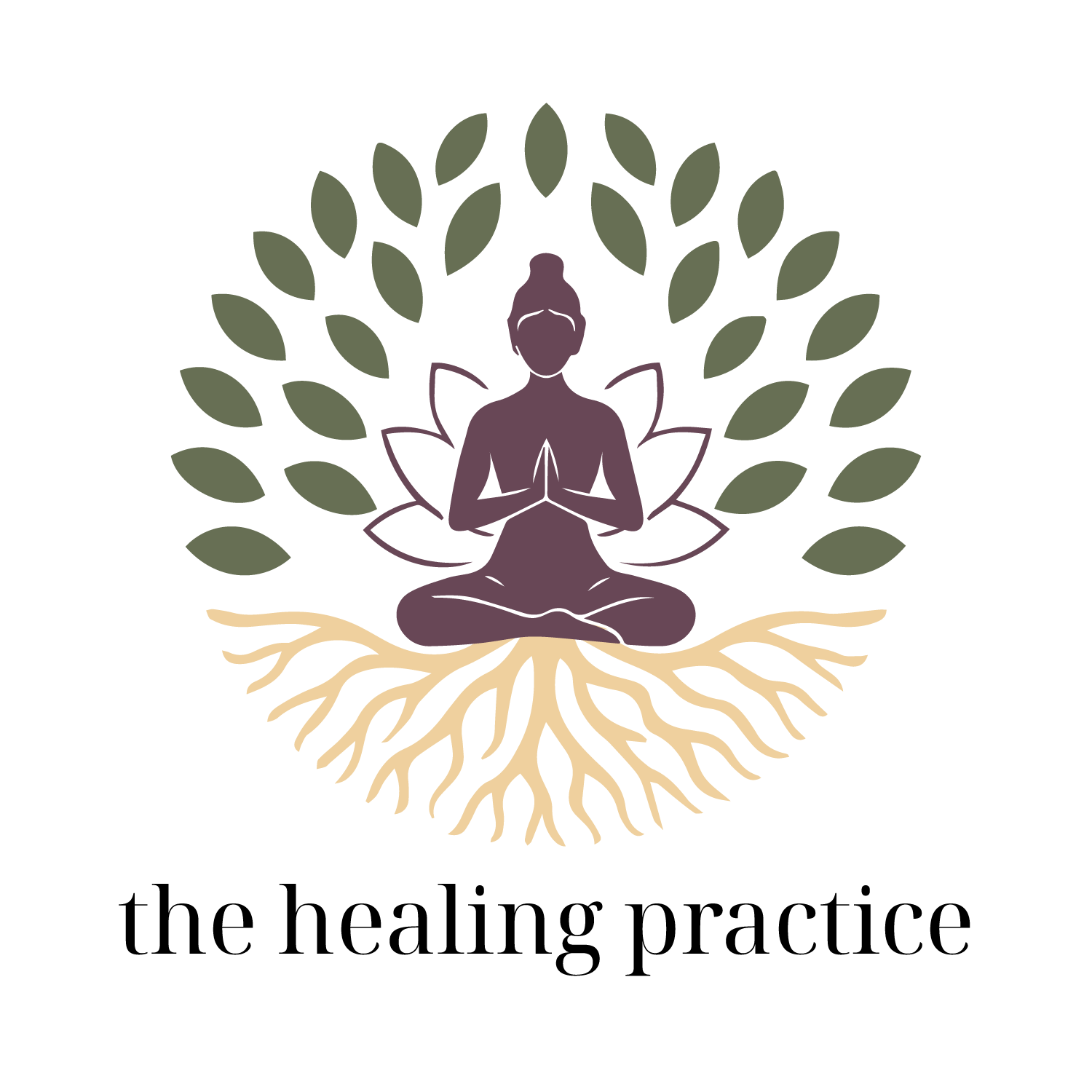Welcome to
the healing practice
Every woman’s journey moves through seasons from the first bloom of puberty to the wisdom of menopause. Each stage carries its own challenges, gifts, and opportunities for growth.
The Healing Practice combines education, counselling, coaching, and gentle energy therapies to support women during these transitions. Here you’ll find resources, workshops, and one-to-one guidance designed to restore balance, release blocks, and nurture both body and spirit.
Wherever you are on your path, you don’t have to walk it alone.

Hello I am
Claire Cleaver
I’m Claire. For many years I worked as a birth educator, supporting women and families through pregnancy, birth, and beyond. Those experiences taught me the power of knowledge, the importance of emotional support, and the value of including partners in the conversation as well.
Now I’m stepping into the next phase of my own journey. The Healing Practice is where I bring my experience as an educator together with my skills in counselling, coaching, and energy work to guide women through all the hormonal stages of life. My vision is the Woman on the Mountain, someone who has walked her path, looks back on her achievements, and now guides others with wisdom, energy, and compassion.
The stages I work with include the First Bloom of menarche and puberty, the Fertile Path of conception and creativity, the Birthing Season of pregnancy and postpartum, and the Shifting Bloom of perimenopause and menopause. Each stage carries its own gifts and challenges, and each is worth honouring.
How I work with
The Stages
Each season of womanhood brings its own rhythm and wisdom. My role is to walk beside you with guidance, tools, and space to honour your journey.

The First Bloom
The beginning of cycles, when hormones awaken and womanhood takes root. A tender stage of discovery, shaping identity and self-understanding. I offer gentle guidance, affirmation work, and supportive conversations to help young women and their families honour this transition with confidence and care.

The Fertile Path
A season of creativity and possibility, where the body’s natural rhythm supports both conception and the blossoming of ideas, projects, and life directions. I provide education, emotional support, and practical tools to ease the challenges of fertility, while helping women connect with their bodies and inner strength.

The Birthing Season
A time of deep nurturing and holding, as new life enters the world and families adjust to the changes that follow. Drawing on my years as a birth educator, I support mothers and partners through this season with counselling, coaching, and energy work that nurture resilience, balance, and connection.

The Shifting Bloom
A stage of transformation and renewal, when cycles shift and wisdom deepens. It is a powerful season of reclaiming self, embracing change, and stepping into new strength. I help women navigate this transition with compassion, offering therapies that release blocks, restore balance, and celebrate the wisdom gained along the way.
Kind Words
Updates for my Desk
To Support Your Journey
The Seasons of Womanhood: Walking Each Path with Grace
Embrace the beautiful, ever-evolving journey of womanhood through its distinct seasons. Discover the unique rhythms, challenges, and gifts each phase offers, from awakening to renewal. Learn to walk each path with grace, self-compassion, and balance.
Reconnecting Body, Mind and Spirit with Energetic Healing Restorative Massage
Experience profound renewal with Energetic Healing Restorative Massage, a holistic treatment blending gentle bodywork with intuitive energy healing. It’s designed to release emotional residue and energetic blockages, restoring calm, clarity, and inner balance in the body, mind, and spirit.
The Birthing Season: Holding Space for New Life and New Selves
The Birthing Season explores the profound transformation of new motherhood, from pregnancy to postpartum. Discover how to hold space for the challenges and joys of this journey, embracing both the new life you bring forth and the new self you become.





